Trump Peace Plan for Ukraine: A Path to Ending the Conflict
Introduction
The Trump Peace Plan for Ukraine is a bold initiative aimed at bringing an end to the ongoing conflict and reshaping the geopolitical landscape. On November 7, just a day after winning the U.S. Presidential election, President-Elect Donald Trump issued a stark warning to Russian President Vladimir Putin: do not escalate the war in Ukraine any further. This message signals Trump’s readiness to hold Putin accountable for his “special military operation” and highlights the U.S.’s continued strong military presence in Europe. However, Trump’s strategy doesn’t involve sending more weapons or troops into Ukraine. Instead, he has devised a master plan to achieve peace while inflicting economic damage on Russia that could last for years.
Table of Contents
Trump’s Stance Against Putin
During his first term as U.S. President, Trump adopted a bullish approach towards Putin, often clashing with the Russian leader when others in Europe sought to cooperate. One notable instance was Trump’s reaction to the Nord Stream 2 pipeline, a project that he vehemently opposed. In July 2018, Trump criticized European countries, especially Germany, for their reliance on Russian gas, claiming it made them “captives of Russia.” He argued that Germany’s dependence on Russian gas weakened its military and fed into Trump’s broader concerns about NATO.
The Nord Stream 2 Controversy
Trump’s opposition to the Nord Stream 2 pipeline was rooted in his belief that it posed a security risk to Europe. He even signed a law imposing sanctions on companies assisting Gazprom, the Russian gas giant, with the pipeline’s completion. This move was met with strong condemnation from both Russia and the European Union. Despite Trump’s efforts, an agreement on the pipeline was reached between the U.S., Germany, and Russia in July 2021, after Trump had left office. However, less than a year later, Putin invaded Ukraine, validating Trump’s concerns about Europe’s energy dependence on Russia.
Trump’s Peace Plan
Trump’s master plan for peace in Ukraine is designed to end the war and inflict long-term damage on Russia’s economy. This plan involves several economic strategies that could cripple Russia for years. Here are some key components of Trump’s plan:
- Economic Sanctions and Pressure: Trump plans to leverage economic sanctions to weaken Russia’s economy. By maintaining and possibly increasing sanctions, Trump aims to restrict Russia’s access to international markets and financial resources.
- Strategic Diplomacy: Trump’s approach involves negotiating a peace deal that could force Russia into economic turmoil. This could include creating a demilitarized zone along the Ukraine front line and restricting Ukraine’s NATO membership for 20 years.
- Military Support: While Trump does not intend to send American troops to Ukraine, he plans to continue providing weapons to Ukraine to prevent future Russian aggression. European NATO-aligned troops would patrol the demilitarized zone, reducing America’s direct involvement.
- Cutting Off Weapon Supplies: Another strategy is to cut off U.S. weapon supplies to Ukraine until Zelensky agrees to negotiate with Putin. This would push Ukraine towards a diplomatic resolution rather than continued military conflict.
Economic Implications for Russia
Ending the Ukraine war could trigger an economic collapse in Russia. Currently, a significant portion of Russia’s economy is driven by its wartime efforts. According to Dr. Renaud Foucart, an economics professor at Lancaster University Management School, sanctions have already pushed Russia’s GDP about 7% lower than pre-war forecasts. The war has also led to high military spending, consuming around 40% of Russia’s governmental budget and 10% of its GDP in 2023. This wartime economy has created jobs in weapons manufacturing and military support, but it is not sustainable in the long run.
The Cost of War
Russia’s economy is heavily reliant on natural resources, particularly oil and gas, which have been affected by international sanctions. The country’s nominal GDP is $2 trillion, but its heavy dependence on wartime production is draining its resources. Inflation has risen to 8-8.5% by the end of 2024, doubling the Russian Central Bank’s target. Foreign direct investment has also plummeted, indicating a lack of international confidence in Russia’s economy.
Table: Economic Impact of the Ukraine War on Russia
| Economic Indicator | Pre-War Forecast | Current Status (2024) |
|---|---|---|
| GDP Growth | 2-3% | -7% |
| Military Spending (% of GDP) | 3-4% | 10% |
| Government Budget on War | N/A | 40% |
| Inflation Rate | 4% | 8-8.5% |
| Foreign Direct Investment | Stable | -$8.7 billion (2023) |
Potential Outcomes of Trump’s Plan
If Trump successfully implements his peace plan, Russia could face severe economic consequences. The end of the Ukraine war would halt the production of weapons and military equipment, leading to job losses and economic instability. Thousands of soldiers returning home would find limited employment opportunities, exacerbating social unrest. Furthermore, the collapse of Russia’s wartime economy would expose its underlying economic weaknesses, potentially leading to a broader financial crisis.
Conclusion
Donald Trump’s peace plan for Ukraine is not just about ending the war; it’s a strategic move to dismantle Russia’s economic foundation. By pushing for peace, Trump aims to expose the weaknesses in Russia’s wartime economy, leading to long-term economic instability. The end of the Ukraine war could force Russia into a financial crisis, revealing the true cost of Putin’s policies. As Trump prepares to take office, the world watches closely to see if his plan will succeed and what it means for the future of Ukraine and Russia.
FAQs
Q: What is Trump’s main objective with his peace plan?
A: Trump’s main objective is to achieve peace between Ukraine and Russia while strategically weakening Russia’s economy.
Q: How does Trump’s plan affect NATO?
A: Trump’s plan involves European NATO-aligned troops patrolling a demilitarized zone in Ukraine, reducing America’s direct involvement while maintaining NATO’s presence in the region.
Q: What are the potential short-term sacrifices for Ukraine?
A: Ukraine may have to agree to a demilitarized zone and delay its NATO membership for 20 years, but these sacrifices could lead to long-term peace and economic stability.
Q: How could ending the war impact Russia’s economy?
A: Ending the war would halt Russia’s wartime economy, leading to job losses in weapons manufacturing and military support, exposing economic vulnerabilities, and potentially triggering a financial crisis.
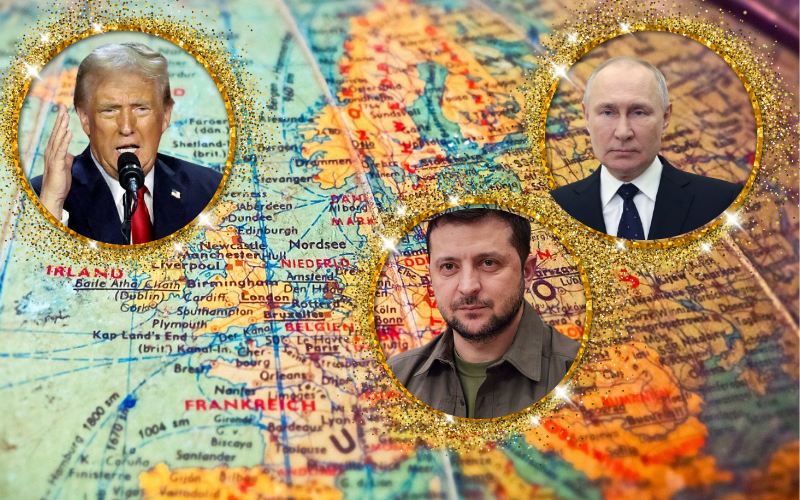

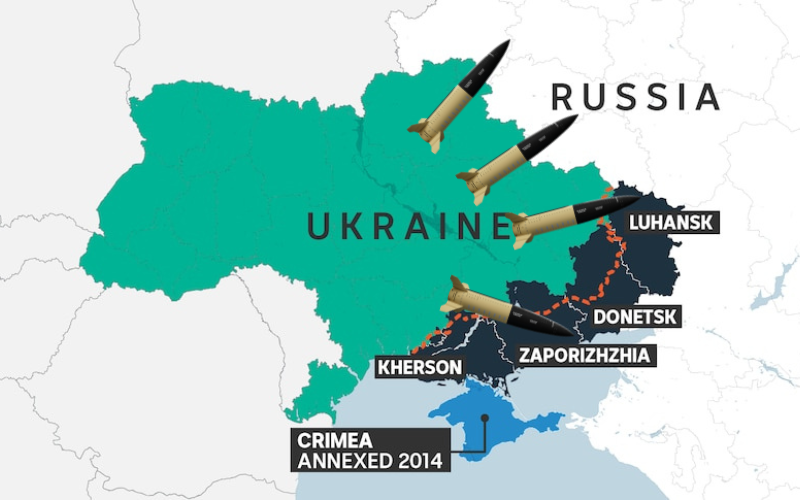
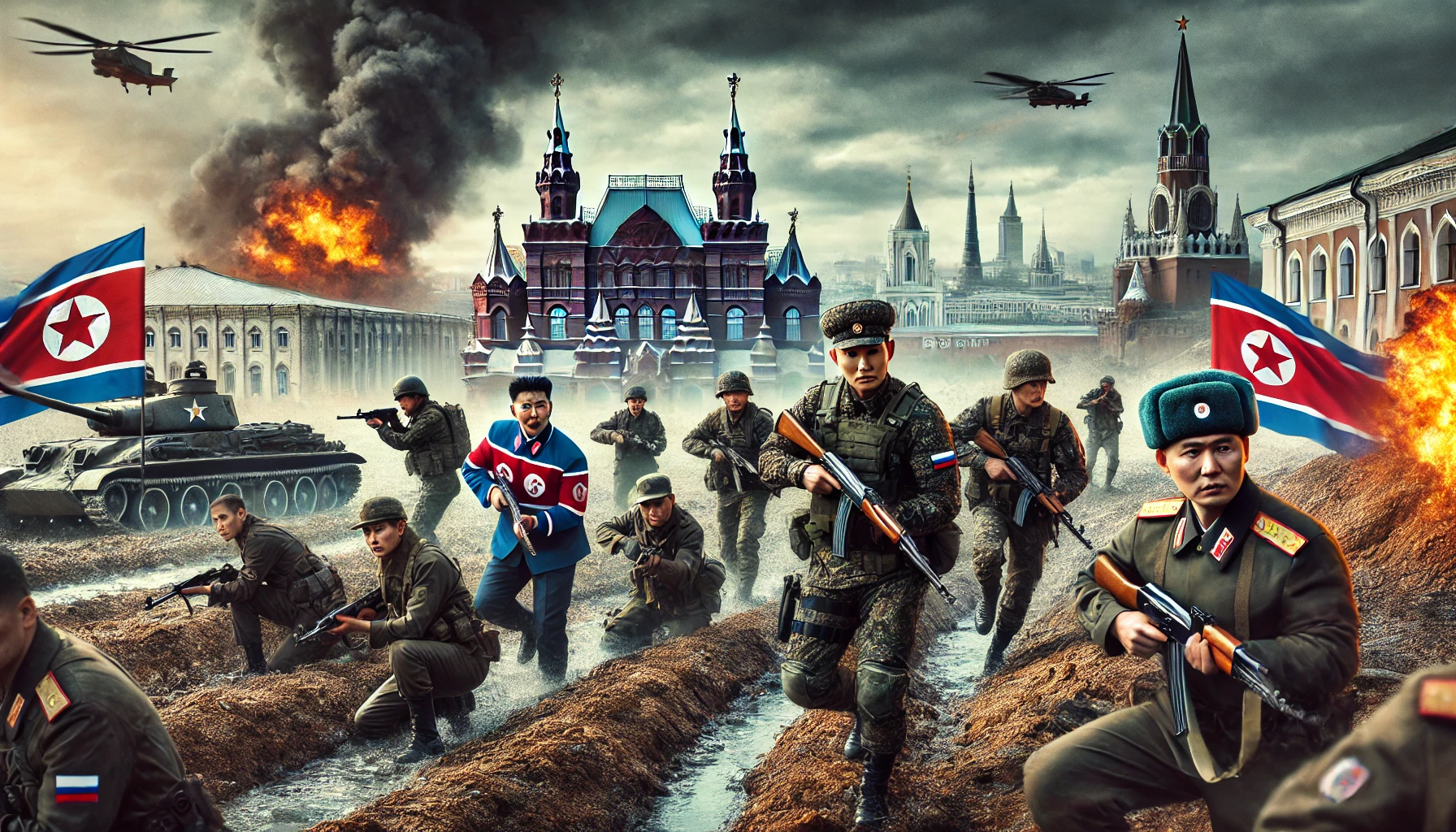
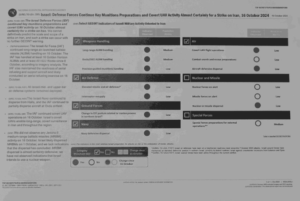



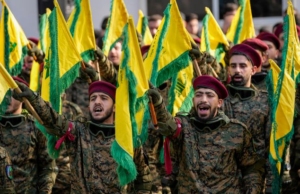





Post Comment